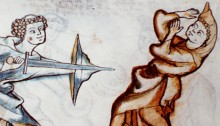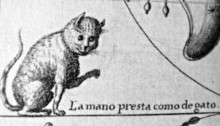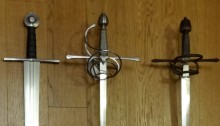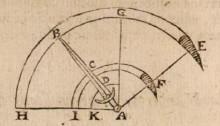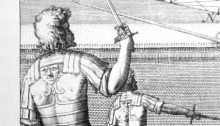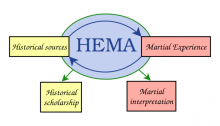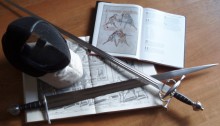Fear and pain
Martial training generally comes together with initial fears and occasional pain. Some training methods point out fear as a pedagogical helper. They will use the fear of pain as a motivator to not get hit. They will use unsafe gear and say that the fear of accident increases the realism of the practice and help make the student focus. I personally disagree with these methods and would not fancy studying in such environments, for the reasons outlined in this post.
